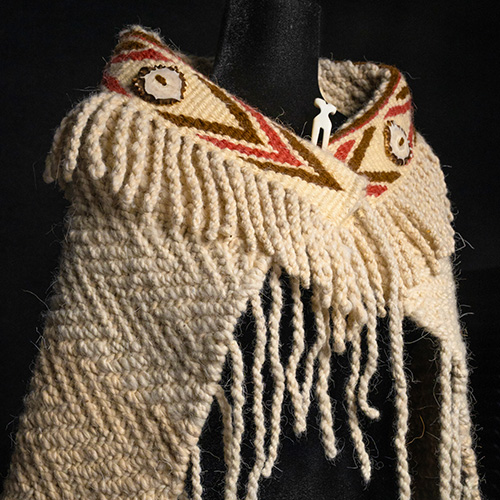Students interested in dance classes at the UW may have a hard time choosing. There’s ballet and modern, jazz and tap, salsa and cross-cultural studies…the list goes on.

It wasn’t always this way.
Fifty years ago, students had two choices: ballet in the School of Drama and modern dance through Physical & Health Education. There was no dedicated unit for the study of dance until 1965, when a Dance division was established in the School of Drama (later moving to the School of Music). The Dance Program finally gained autonomy in 1988, with a Master of Fine Arts (MFA) program added two years later.
Dance will mark the 50th anniversary of the Dance division and the 25th anniversary of the MFA program in October with a festival, Opening Doors: Celebrating 50 Years of Dance at UW, that features performances, panel discussions, films, and master classes, most led by alumni of the program.
“Last winter we sent out a call for proposals to alumni and former faculty,” says Jennifer Salk, director of the Dance Program. “We received more than 70 proposals. When I was reading the bios, I was so impressed. I couldn’t believe all the things people are doing. Alumni are successfully working as choreographers and teachers in New York City, touring with companies internationally, writing about dance, and winning awards for their dance films. It’s a broad swath of interesting things.”

Alumni also have found success in academia, teaching at universities across the country, mostly thanks to the Dance Program’s MFA program. The two-year program, for professional dancers wanting to transition to academic careers, was created by UW dance professor Hannah Wiley (BA, Drama, 1973). Wiley had been frustrated by her own experience pursuing an MA in dance, required for tenure at the private college where she was teaching before returning to the UW. “I was 34, I’d been a professional dancer, but I was required to take nine dance technique classes a week and beginning composition—a course I was already teaching,” recalls Wiley. “I kept thinking, ‘What’s wrong with this?’“
When I was reading the [alumni] bios, I was so impressed. I couldn’t believe all the things people are doing.
Wiley designed the UW’s Dance MFA to better meet the needs of professional dancers. The students teach undergraduate courses, perform with the UW’s Chamber Dance Company (CDC), take courses about research methods, dance administration, teaching methods, and dance in higher education. They also pursue individual research and develop and teach a new course. “Those courses, along with the grad students themselves, keep the Dance Program lively,” says Wiley.
The community can see current MFA students and alumni perform in a CDC concert during the Opening Doors festival. The concert will feature works from the 1890s—the dawn of modern dance—to the present. “In planning the concert, I pictured seeing a Loie Fuller dance in Paris in 1896, then getting in a hot air balloon and setting it down every so often to see what was happing in modern dance,” says Wiley. “Glimpse, glimpse, glimpse. You can see the change—the little bits of sophistication as modern dance moved forward.”

In addition to CDC performances, offered Thursday through Sunday, the festival will include choreography showcases, featuring the work of alumni and former faculty; film showings, each presenting a collection of dance films of 20 minutes or less; panels on dance research and scholarship, including a presentation by a cancer research scientist/dancer about the creative process and the intersection between science and dance; and more than 30 master classes on everything from modern dance to hip-hop to tango to African dance.
The robust festival reflects the breadth of the always-evolving Dance Program, says Salk. Several years ago Dance added courses about the creative process and cross-cultural studies, which are required for dance majors. Studio courses now include everything from ballet to tango.
“Technique used to mean ballet, modern, jazz, and tap,” says Salk, “but now it also includes street styles—hip hop, breaking, popping, krump—and ballroom, partnering technique, improvisation, African dance…it’s all part of the vernacular now. We believe these are all forms that students should have exposure to. Any dance forms from around the world that we can offer, we are trying to offer. Contemporary dance and ballet are hybrid forms now. It’s complicated, and it’s beautiful. It’s a very exciting time in dance.”
More Stories

A Healing Heart Returns
In February, the UW Symphony will perform a symphony that Coast Salish elder Vi Hilbert commissioned years ago to heal the world after the heartbreak of 9/11. The symphony was first performed by the Seattle Symphony in 2006.

Need a break from holiday movies? Try these
For those wanting a break from holiday movies, Cinema & Media Studies faculty and grad students offer suggestions.

Coast Salish Traditions are "Woven in Wool" at the Burke
A Burke Museum exhibit, co-curated by Coast Salish weavers and Burke curators, highlights the importance of weaving to Coast Salish communities.